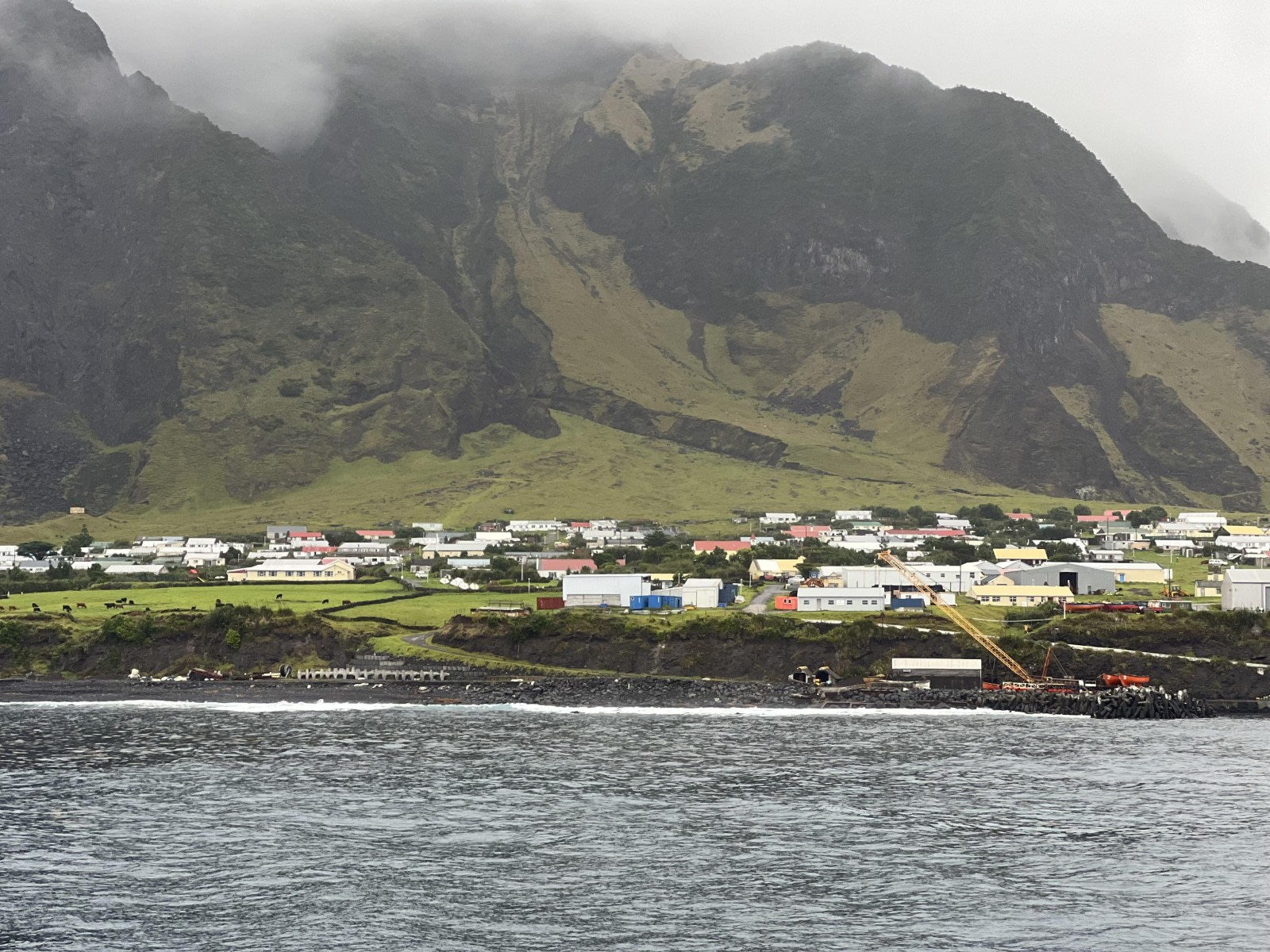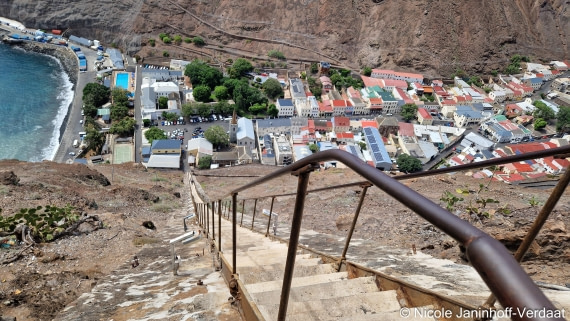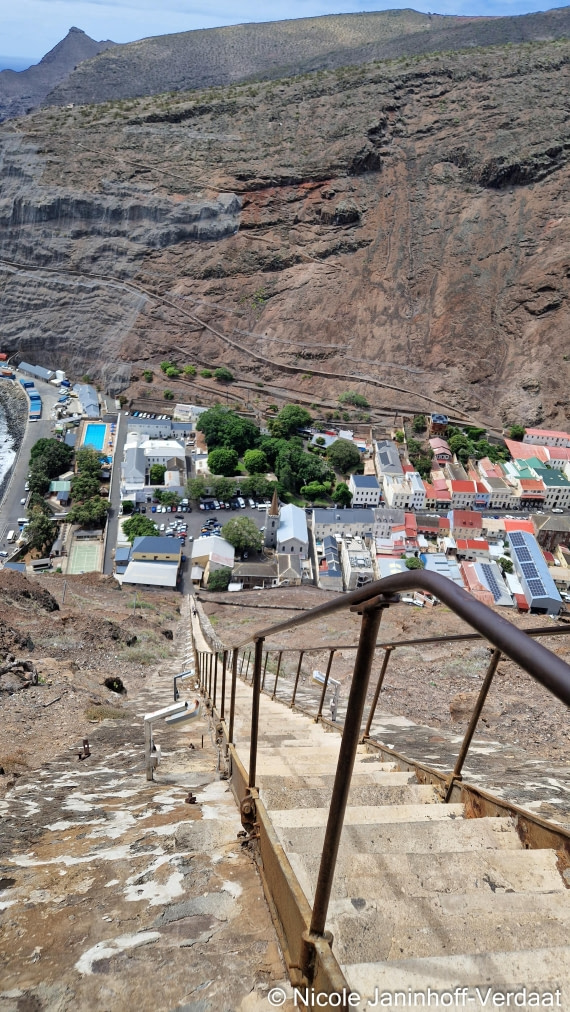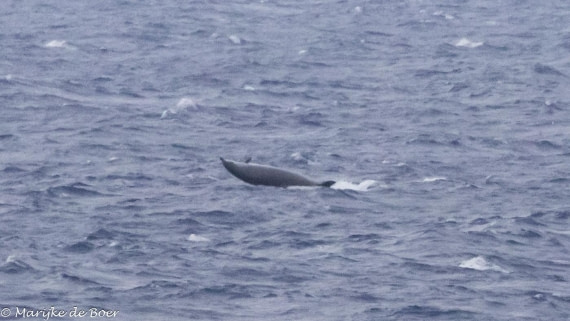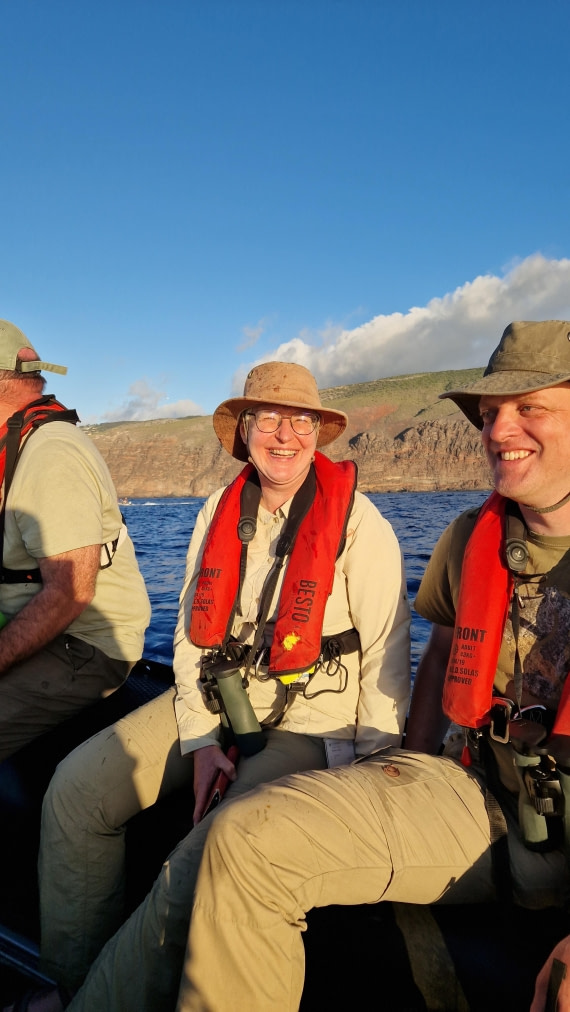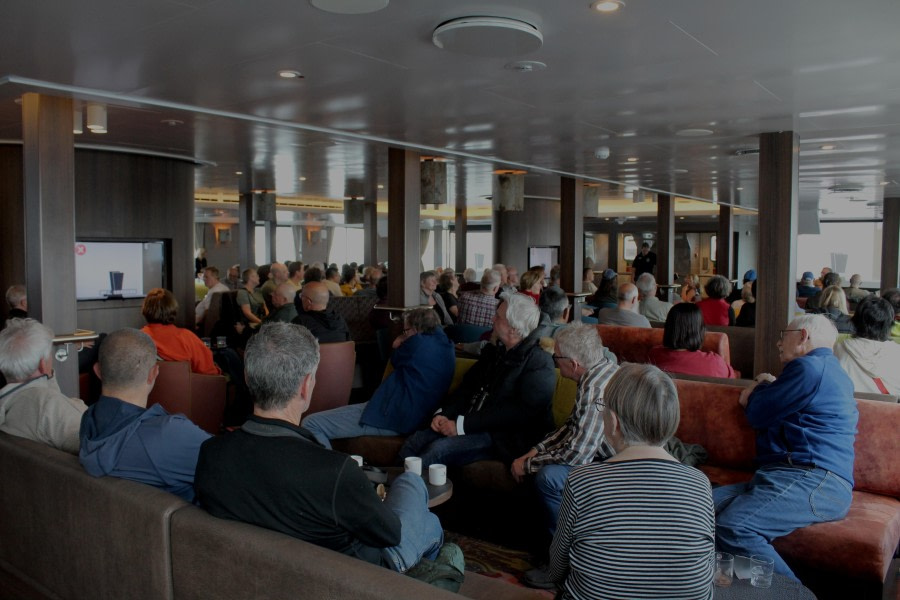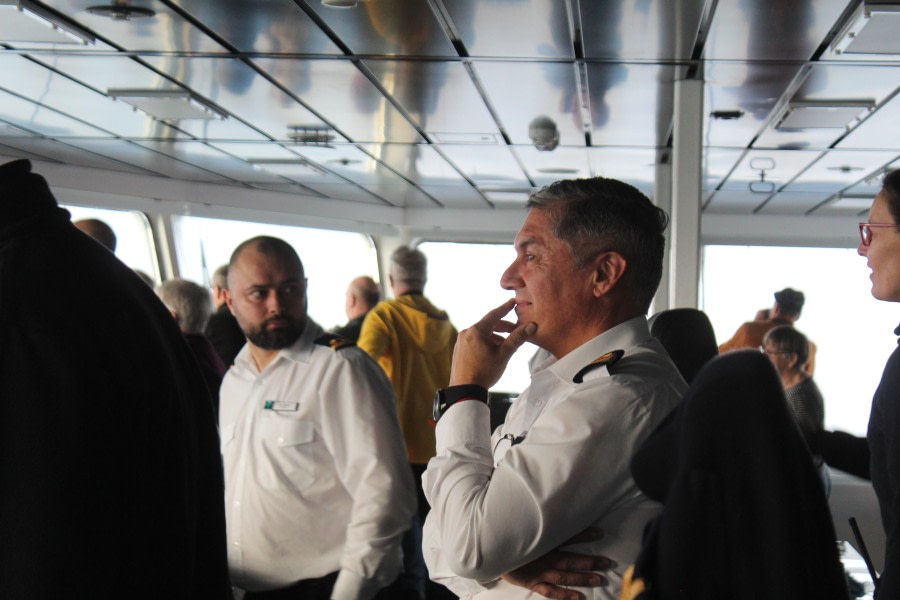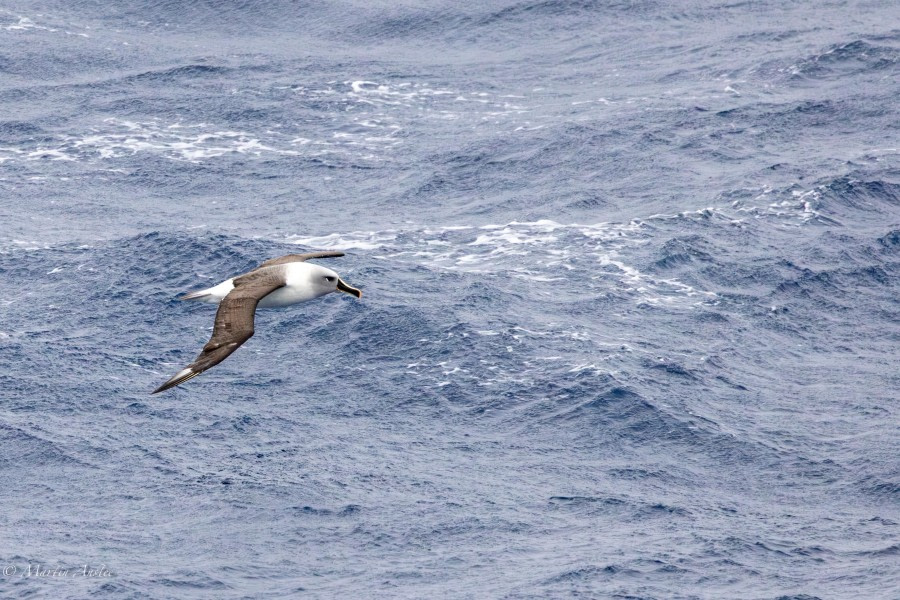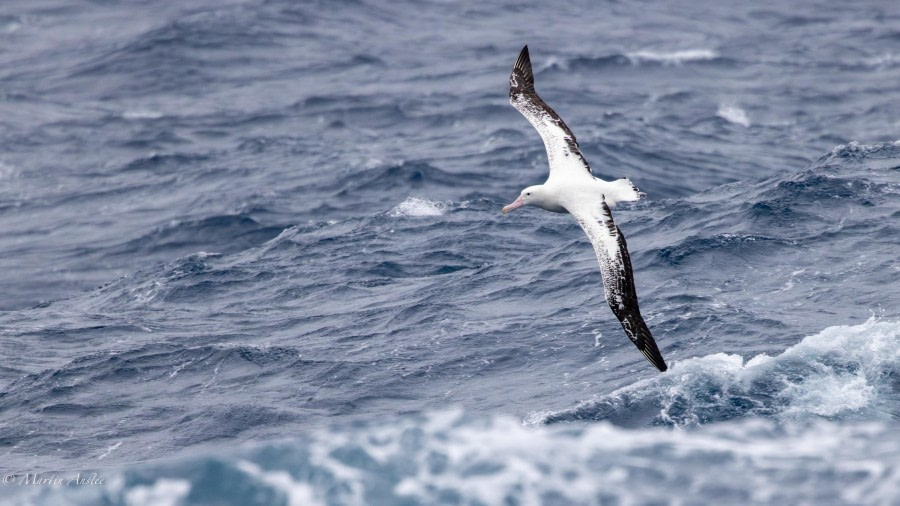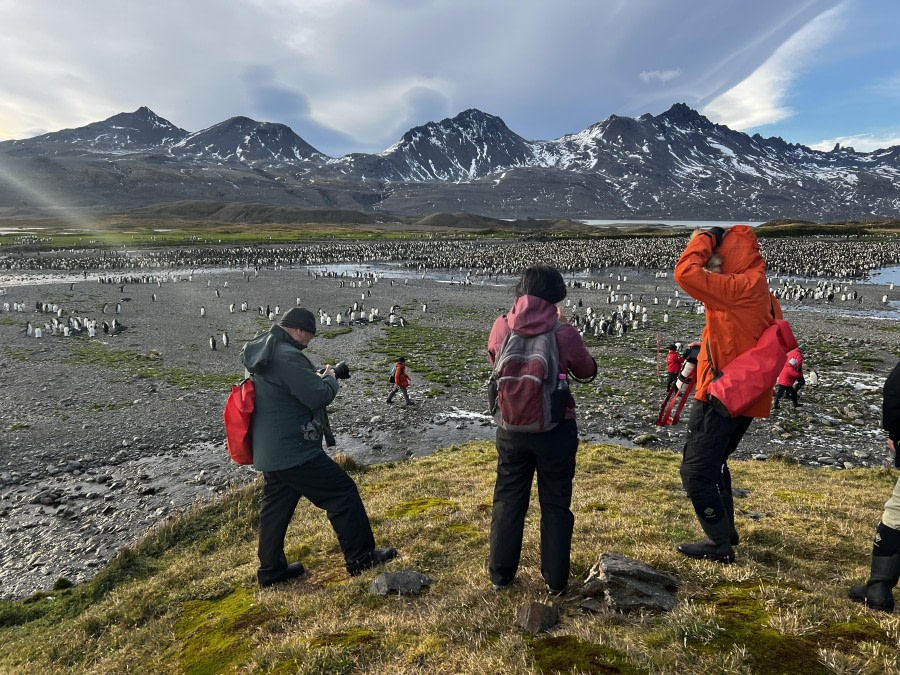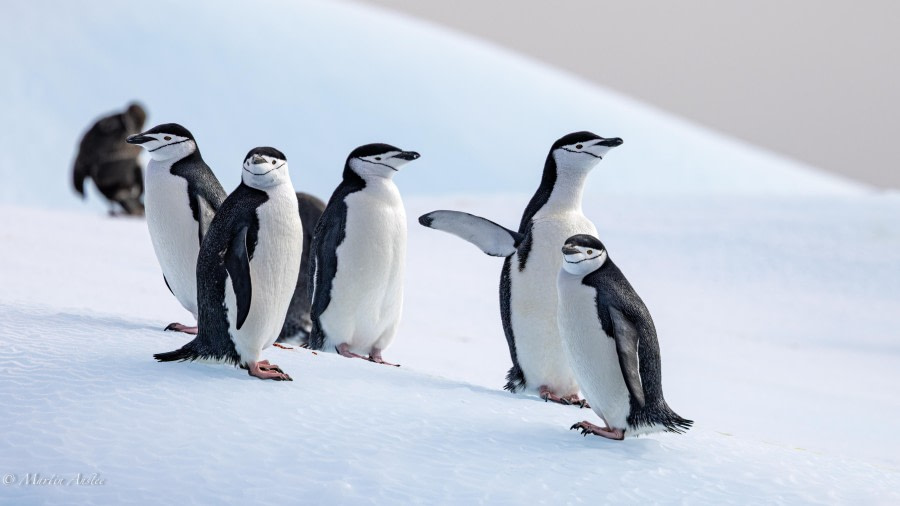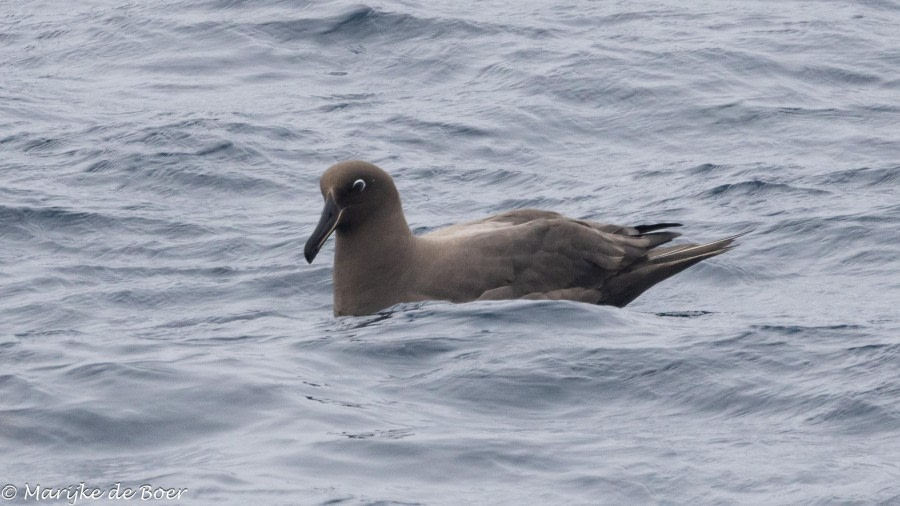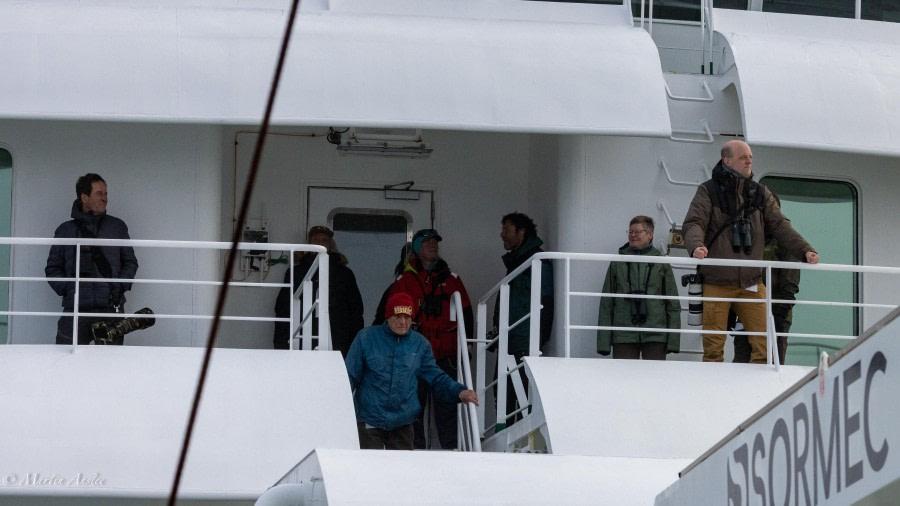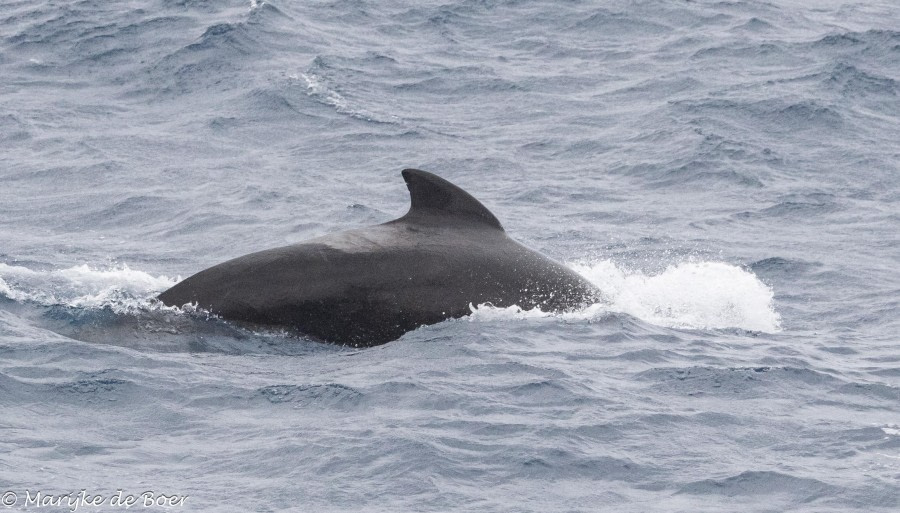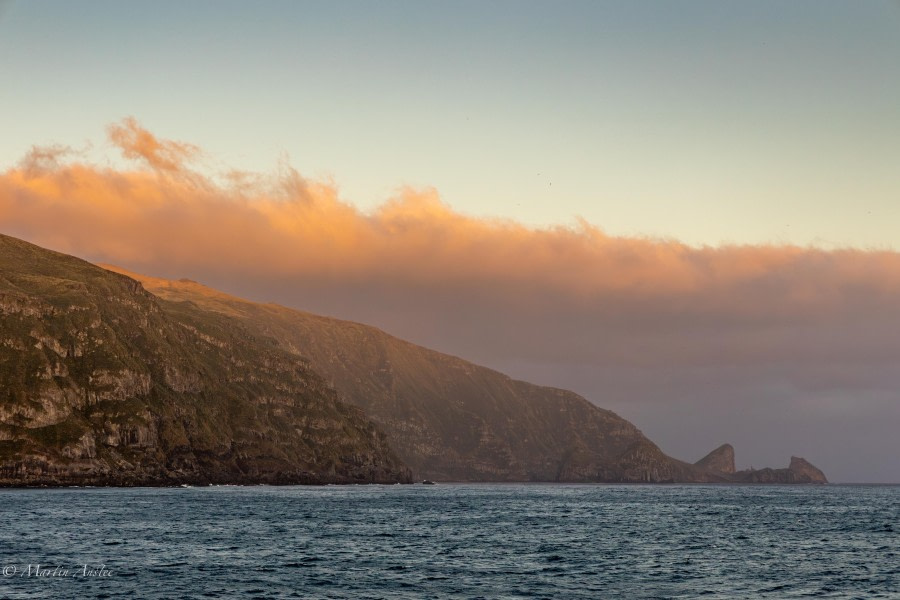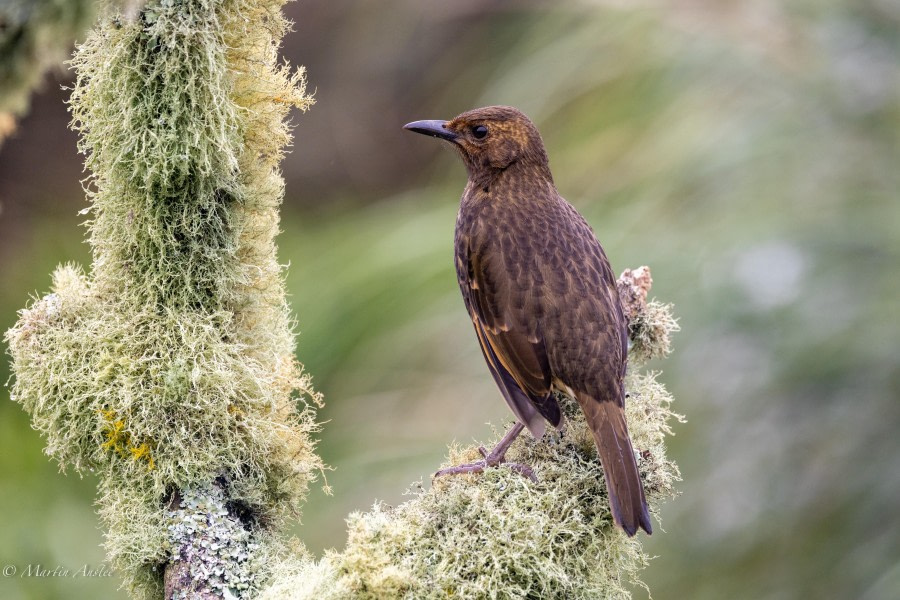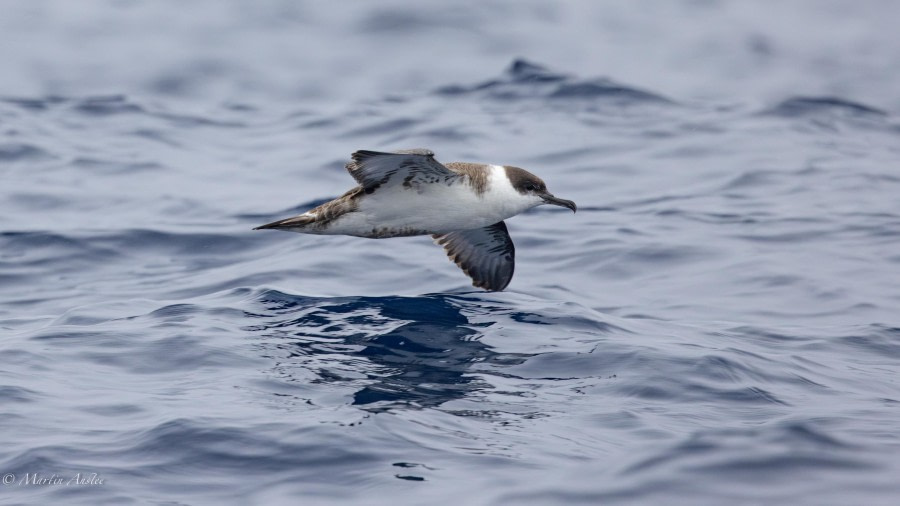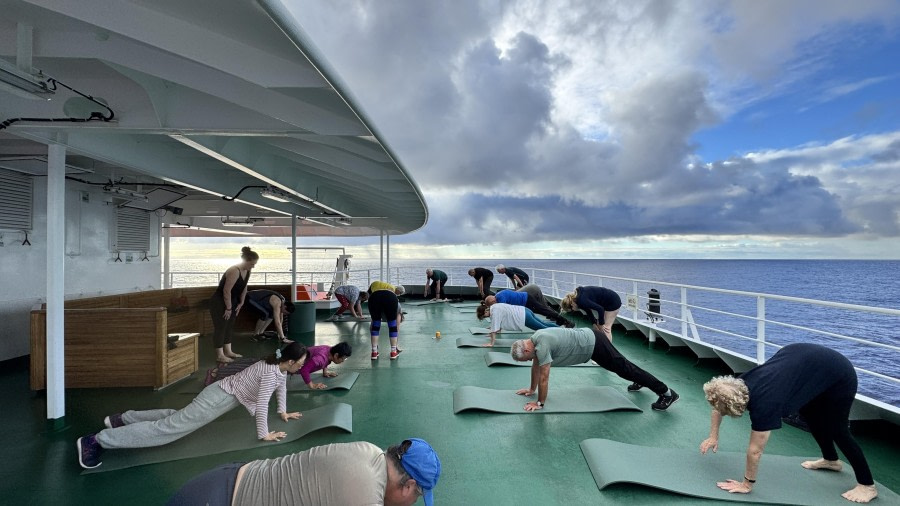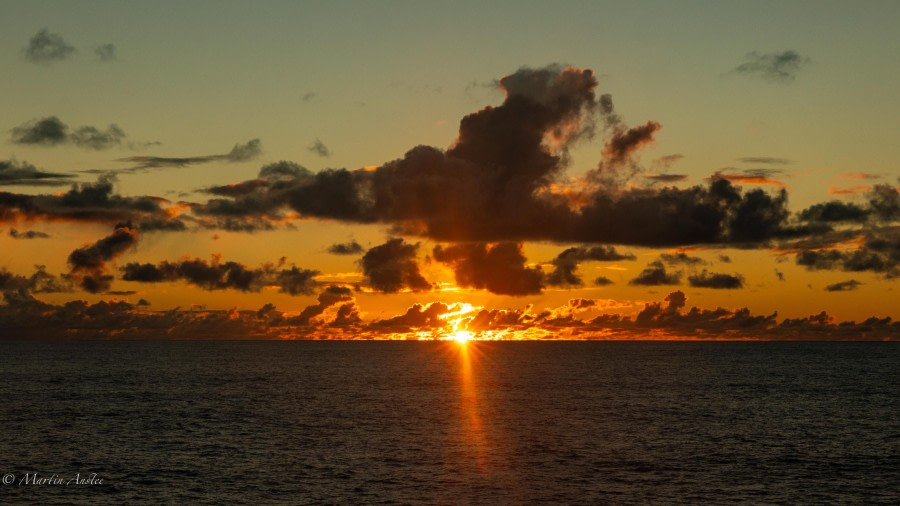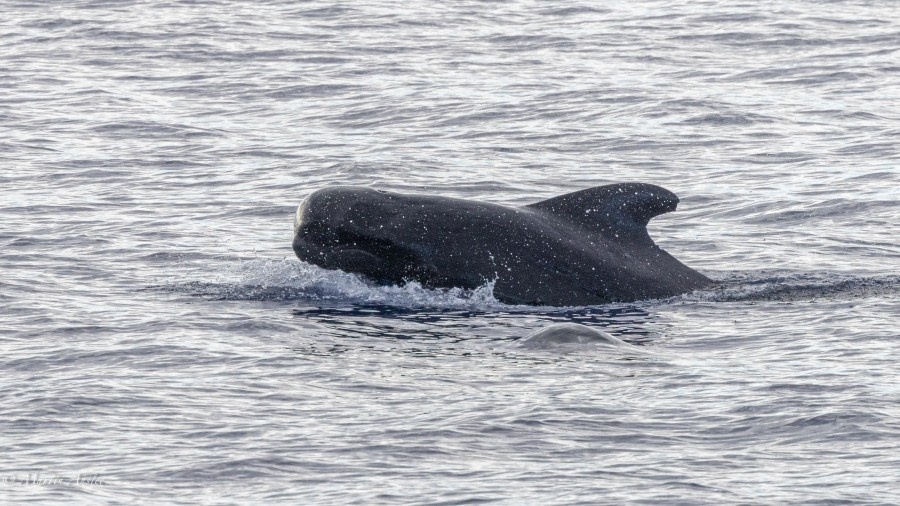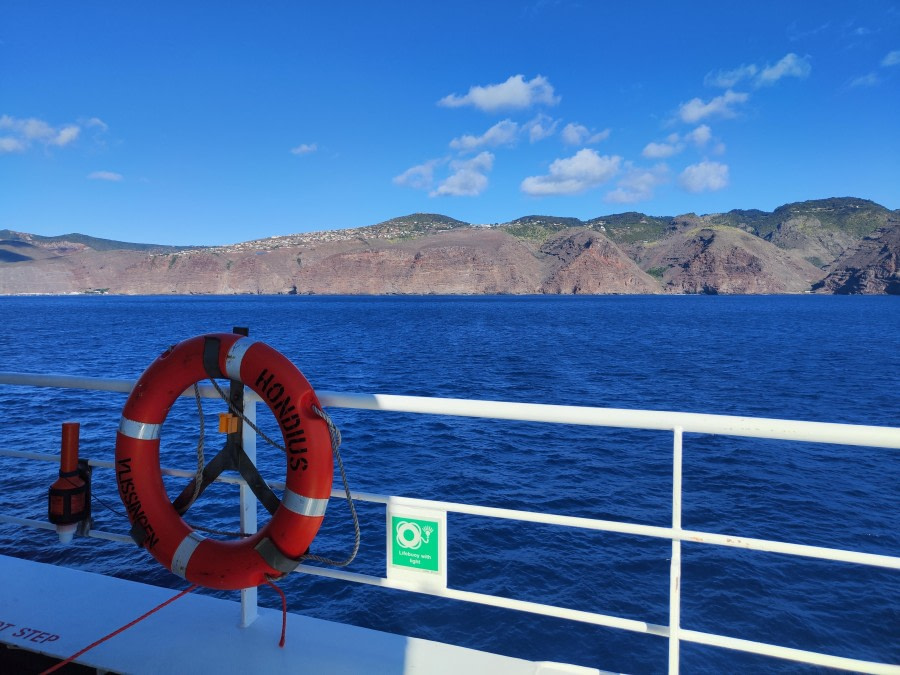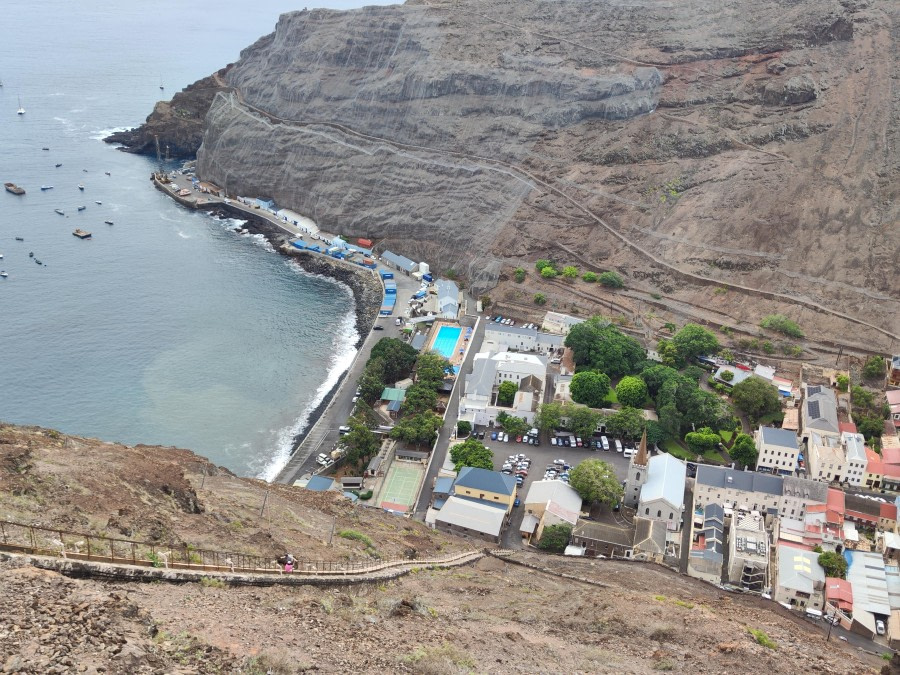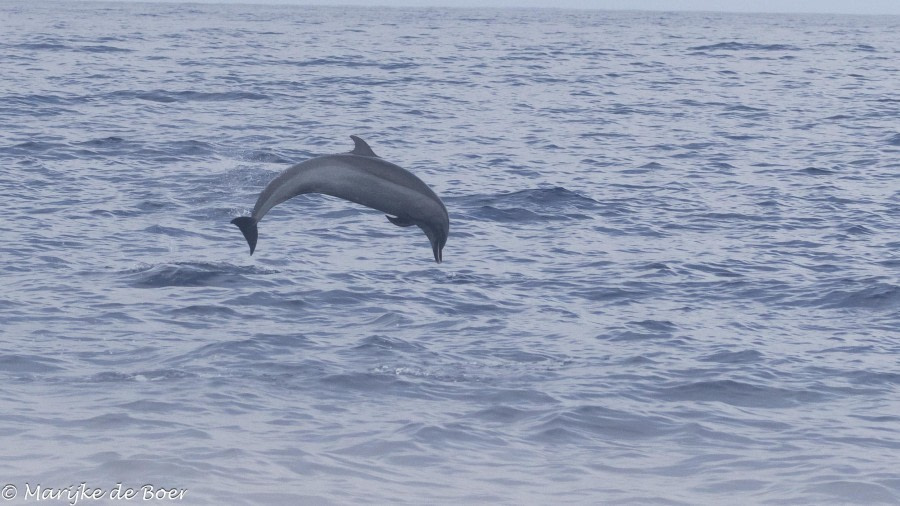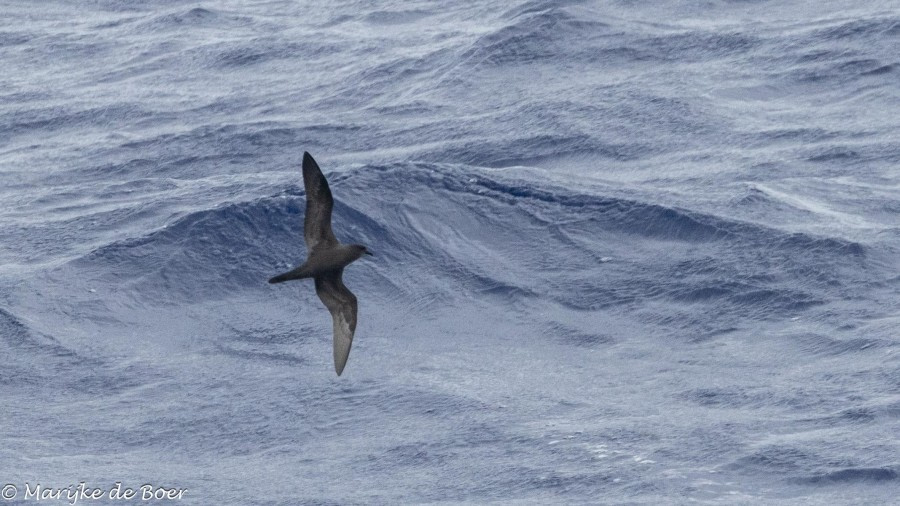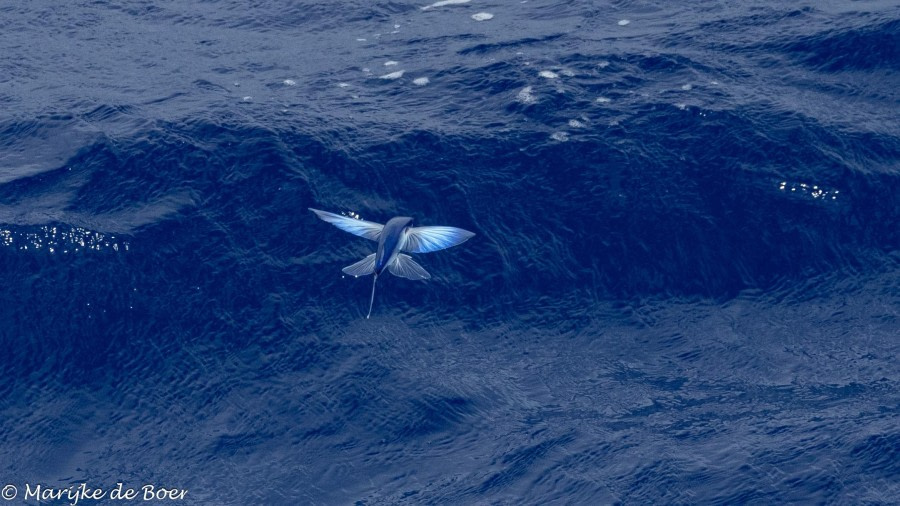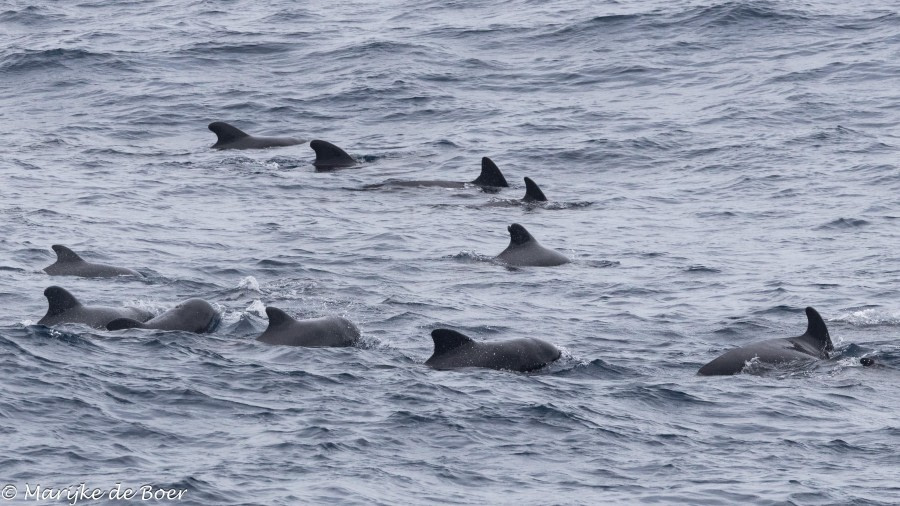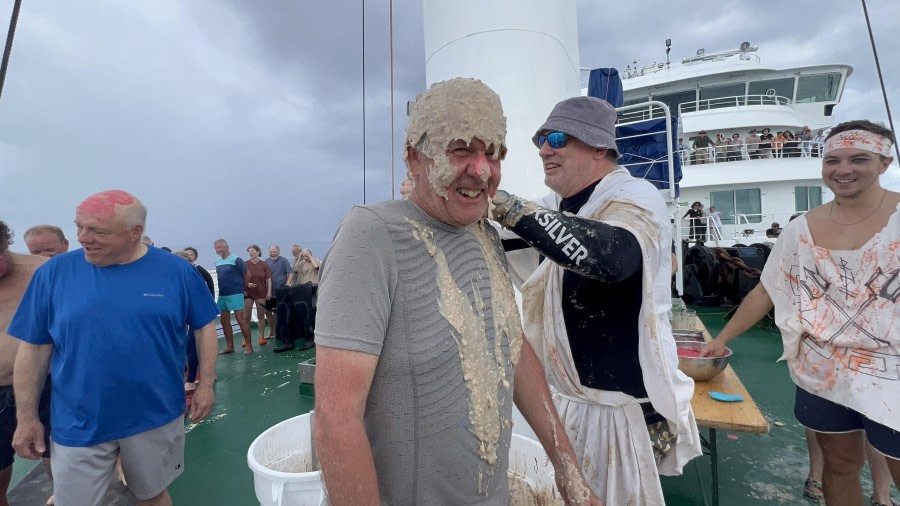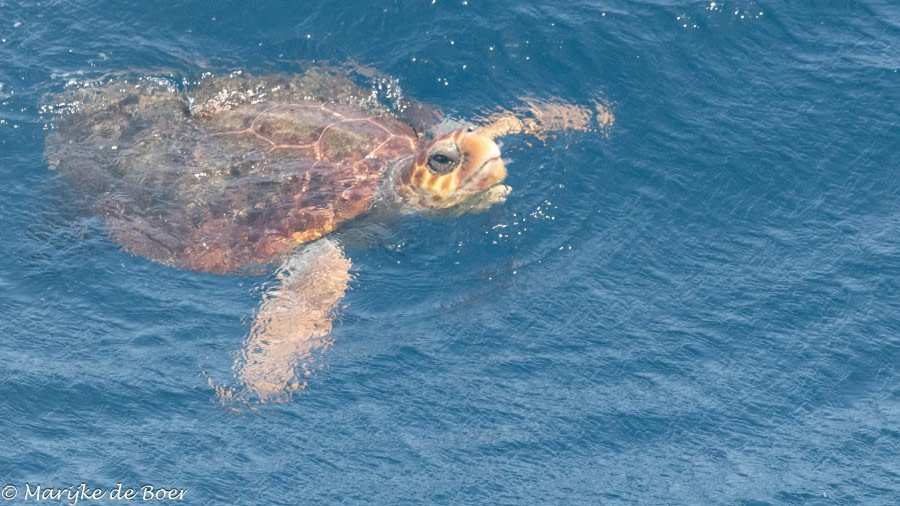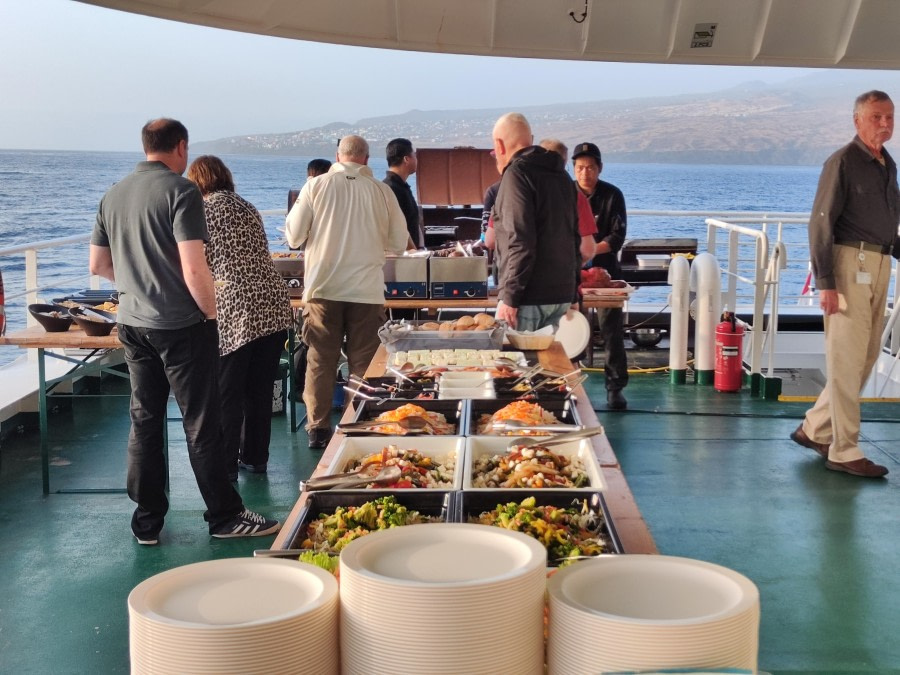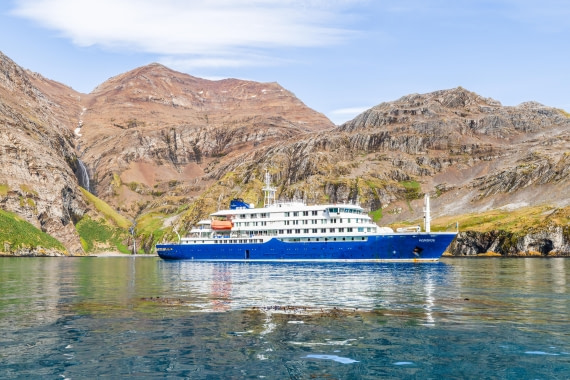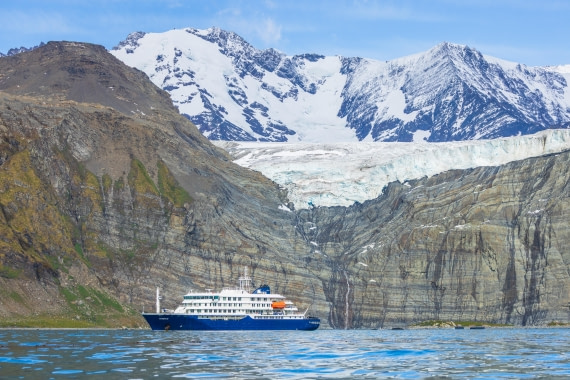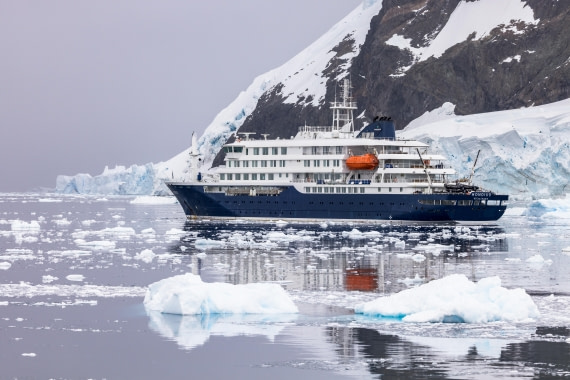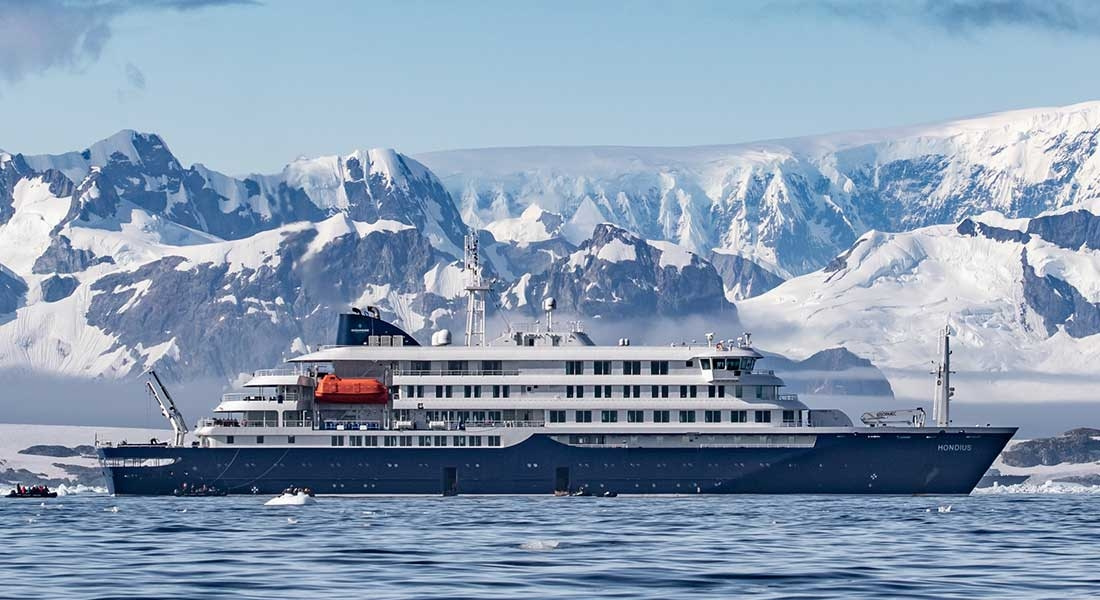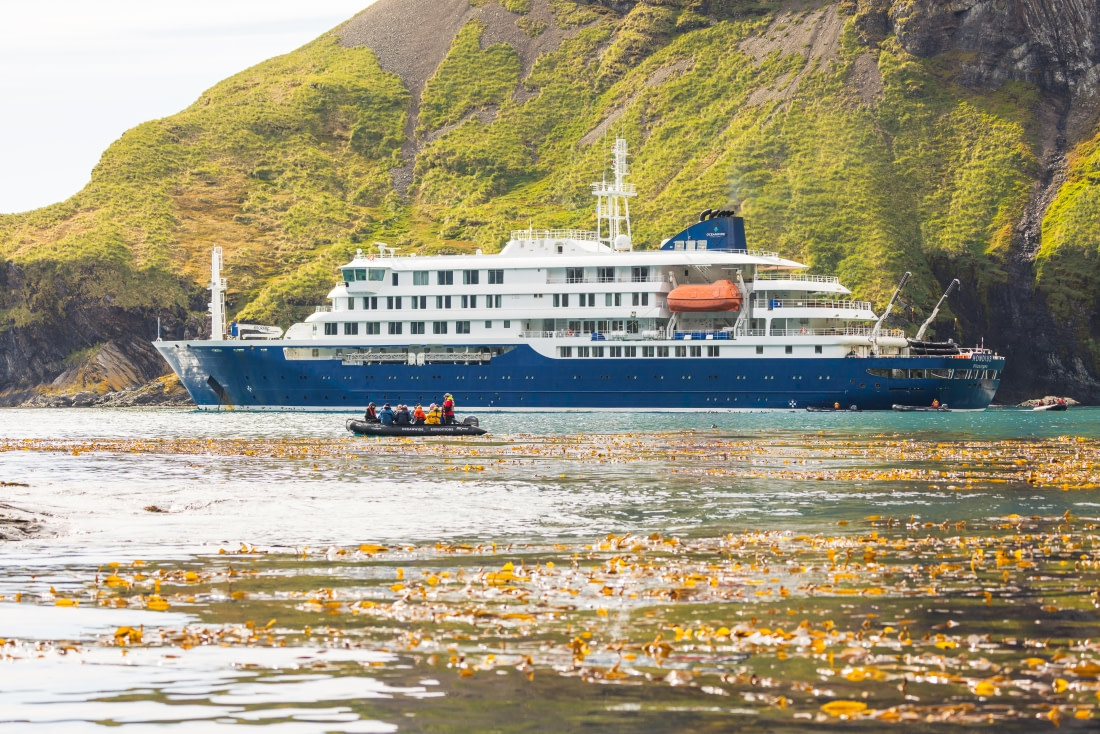| Date: |
10.04.2025 |
| Position: |
23°09,8’S / 008°33.6’W |
| Wind: |
NE3 |
| Weather: |
Clear |
| Air Temperature: |
+25 |
Today was a day full of surprises, with calm waters and plenty of wildlife to keep us all engaged. We woke up to a gentle, peaceful morning as we continued our journey through the southern waters. The day started off quietly with just a few birds in the sky, but things got more exciting as the day went on.
The day began with Martin's lecture on the birds we hope to see now that we're in warmer waters. His presentation, titled ‘Boobies, Noddies, and Friends,’ was an insightful introduction to the seabirds in the region, from the distinctive boobies to the charming noddies.
Later, Meike gave a compelling presentation on the Endemic Flora of St. Helena, focusing on the recovery efforts of the National Flower of the island. Her talk helped us appreciate not just the beauty of the flora but also the ongoing conservation work happening there.
As the day progressed, we had the opportunity to join Chef Ralf for a delightful dumpling-making workshop. It was a fun, hands-on experience in the dining room, with many participants trying their hand at this culinary art.
In the afternoon, the Mini-Lecture series offered a variety of fascinating talks. Pippa shared the mesmerizing sounds of Humpback Whale Songs, while Marijke’s talk on Expecting the Unexpected When at Sea kept us all on our toes. George offered a fascinating glimpse into the world of whaling with The Last Whaler, and Hazel’s lecture on Marine Mammal Diving Adaptations deepened our understanding of these creatures' remarkable abilities.
Of course, there was also time for wildlife sightings. We encountered something truly unique — dolphins before lunch, and then during the meal, a group of cuviers beaked whales appeared very close to the ship. A pod of about 30 Short-finned Pilot Whales swam near, gliding effortlessly through the water. The crew made the decision to divert and turn the ship for a better view. It was a thrilling sight, and everyone rushed to the decks with cameras in hand, trying to capture the moment. For some, it was their first time seeing such a large group of whales, and the excitement was palpable.
In addition to the whales, we were lucky enough to spot a shark in the water, its fin cutting through the calm surface. It was a brief but thrilling encounter, reminding us of the diversity of marine life in these waters.
As the day wound down, Eduardo’s Astronomy Workshop offered a new perspective on the night sky, focusing on Asteroids, Comets, and Other Minor Objects of the Solar System. His engaging session sparked curiosity and wonder about the universe.
The evening brought us a stunning sunset, with the sky lighting up in flaming reds and oranges, reflecting off the calm waters in front of the ship. It was one of those sunsets that seemed to stretch forever, drawing everyone outside to take in the beauty of the moment.
Afterward, the usual recap session with the expedition team gave everyone a chance to share stories and reflect on the day's highlights. Dinner followed, where we all sat down to enjoy another fantastic meal together.
Conrad hosted a ‘Rockhopper Copper’ Book Sale and Signing in the library after dinner, where he signed copies of his book for eager guests.
To wrap up the day, we joined the Expedition Team for a Wildlife Roundup/Listing in the lecture room, where we went over the species we had spotted. If conditions allowed, Eduardo offered a final touch to the day with some stargazing on deck 8.
It was a day filled with wildlife sightings, captivating lectures, hands-on activities, and stunning views. A day of unique wildlife sightings, breathtaking scenery, and a calm, peaceful atmosphere. We’re all feeling lucky to be experiencing this journey together, and with St. Helena just around the corner, the adventure continues!
